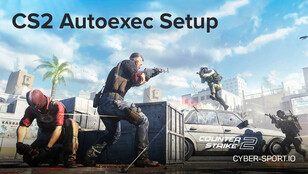Where Can You Sell CS2 Skins? (Pros & Cons)
A quick reality check first, there’s no single “best” method. It depends on whether you want a Steam wallet balance which is good for buying games/items or cash outside Steam. It also depends on your risk tolerance.
This method is good for convenience, has the lowest friction, and no off-platform payments.
On the other hand, it cashes out to a bank meaning you’ll only get Steam Wallet funds.
| Pros | Cons |
| Built into Steam; simple flow | ~15% total fee for CS2 items (5% Steam + 10% CS2 fee) |
| Buyer/seller protections by Steam | Wallet funds only; cannot withdraw as cash |
| Price graph + 30-day median helps pricing | Subject to Steam trade/market restrictions & holds |
Steam Transaction Fee is 5%, and CS2 has a game-specific 10% fee, totalling around 15% per sale. Proceeds are credited to your Steam Wallet, which is non-refundable/non-transferable, and has no cash value outside of Steam.
Quick steps: Inventory → item → Sell → check 30-day median → set your price → confirm via Steam Guard.
2. Peer-to-Peer (P2P) with a trusted person
This method is good for direct cash if you personally know the buyer. On the other hand,
transacting with strangers presents a very high scam risk.
| Pros | Cons |
| Can be fast since you control terms. | Scam risk is significant (impersonation, chargebacks). |
| No platform fees to Steam. | Still limited by Steam trade/market restrictions & holds. |
| Flexible pricing. | You must verify identity, timing, and receipts yourself. |
If you insist on escrow, only use it if you fully understand the risks and can verify every step. Valve won’t help with off-platform disputes. See Steam’s scam guide.
3. Third-party cash-out marketplaces
This option is good for cash payouts, often with lower transaction fees than SCM.
On the other hand, it is not a good option for people who don’t want to do KYC or manage extra risk.
| Pros | Cons |
| Cash to card/bank/crypto (varies by site & region) | Legal/ToS/KYC vary, do your homework |
| Often faster payouts than P2P | Impersonation/phishing risk is real, triple-check URLs |
| Price discovery outside Steam | Still subject to Steam’s trade limits/holds before you withdraw |
Valve doesn’t endorse third-party “free drop” or “get free skins” sites because many are risky or have violate rules. Be cautious not to connect your account without a security check.
Fees, Wallet Money & Cash-Out
On Steam Community Market:
- Steam Transaction Fee: 5% (minimum $0.01).
- CS2 game fee: 10% listed in the Community Market FAQ.
- Steam Wallet only: Sale proceeds are not withdrawable as cash. Funds are also non-refundable and non-transferable under the steam subscriber agreement.
Example (rounded):
| Buyer pays | Fees (≈15%) | You receive (Steam Wallet) |
| $10.00 | $1.50 | $8.50 |
Trade Holds, Mobile Authenticator & Cooldowns
A trade hold is a temporary delay before items move between accounts. It exists to protect you if an account gets hijacked.
- If you add the Steam Guard Mobile Authenticator, trades/market listings made within the first 7 days after adding it will be held up to 15 days. After your authenticator has been active 7 or more days, trades/listings you create are typically not held by Steam.
- Steam can also restrict trading/market use after credential or security changes. Check Trading and Market Restrictions for scenarios like removing authenticator, recent password reset, and inactivity. Steam Support cannot remove these restrictions.
To be safe, enable the mobile app early, keep it active, and avoid security changes when you plan to trade.
Updated Trade Protection 2025
Valve introduced new trade protection for CS2 in 2025. You can reverse eligible trades within 7 days directly from your trade history. During that 7-day window, items in those trades are marked trade protected. They can be equipped in-game, but not re-traded or consumed. If you reverse, all protected trades from the last 7 days will roll back, and your account will be subject to a 30-day trade/market restriction.
To locate trade protection, open Steam then go to Trade History from your Inventory/Trade Offers view. If eligible, you’ll see the Trade Protection option on recent trades. Note that trades before Trade Protection existed aren’t eligible for reversal.
Step-by-Step Guide for Selling on Steam
- Open Inventory → pick the CS2 item → “Sell.”
- Check the 30-day median and current listings to set a realistic price.
- Remember the ~15% fee and list higher to get a well rounded amount.
- Confirm via Steam Guard or mobile confirmation. Watch for any market hold message.
- Once sold, funds will reflect in your Steam Wallet.
Safety Checklist
- Enable Steam Guard Mobile Authenticator at least 7 days before trading.
- Double-check profile URLs, inventory privacy, and trade URLs. Never follow links from “support” DMs. Real Steam Support is on help.steampowered.com.
- Do not remove the authenticator during active trades since it triggers restrictions.
- Use Trade History to review Trade Protected items and reverse if truly necessary. It will trigger 30-day cooldowns.
- Be cautious of “free skin/drop” sites since Valve doesn’t endorse them so the risk is on you.
FAQ
- Can I cash out SCM earnings?
No, Steam Wallet funds can’t be withdrawn as cash and have no value outside Steam per the Steam Subscriber Agreement. - What fees will I pay on Steam?
About 15% for CS2 items. 5% Steam Transaction Fee + 10% CS2 fee. - Why is my trade on hold?
Security conditions. If your Mobile Authenticator is new, trades/listings made within the first 7 days may be held for up to 15 days. Other changes such as removing the authenticator add temporary restrictions. - How do I undo a mistaken trade?
Use Trade Protection within 7 days if the trade/items are eligible. Reversing rolls back all protected trades and adds a 30-day trade/market restriction. - Is it safe to sell via “free skin” or “drop” sites?
Valve doesn’t endorse such sites. Risk varies and includes phishing and impersonation. Prefer official channels, and if you explore third-party options, do strict due diligence. - Do my old CS:GO skins work in CS2?
Yes, Valve’s CS2 page confirms your entire CS:GO inventory carried over to CS2.
CS2 Gambling
CS2 Skin Trading
Rust Gambling
Promo Codes
Online Casinos
Crypto Casinos
CyberSport Feed



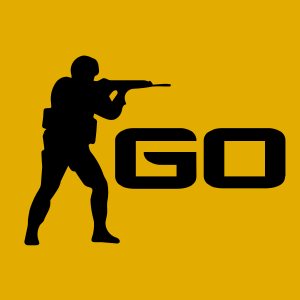
![How to Sell CS2 Skins [year]: Safe Methods, Fees & Trade Holds](/imgs/news_5086/20251003/1759498660_1803122a53a64c26b83e.jpg)

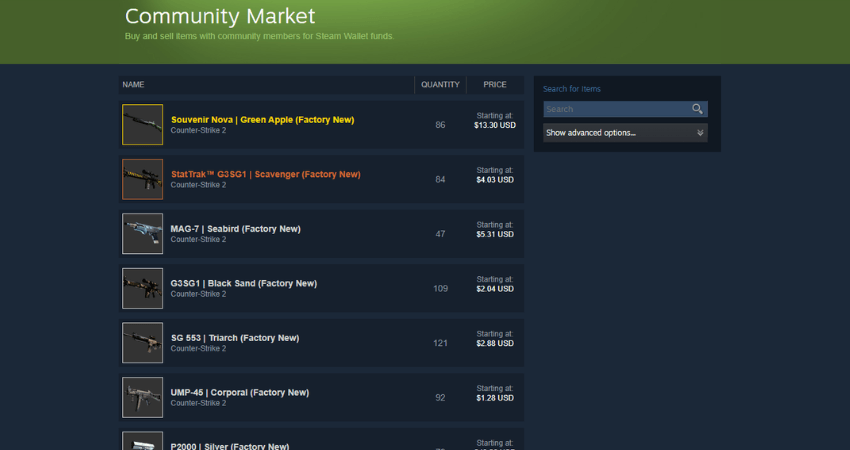
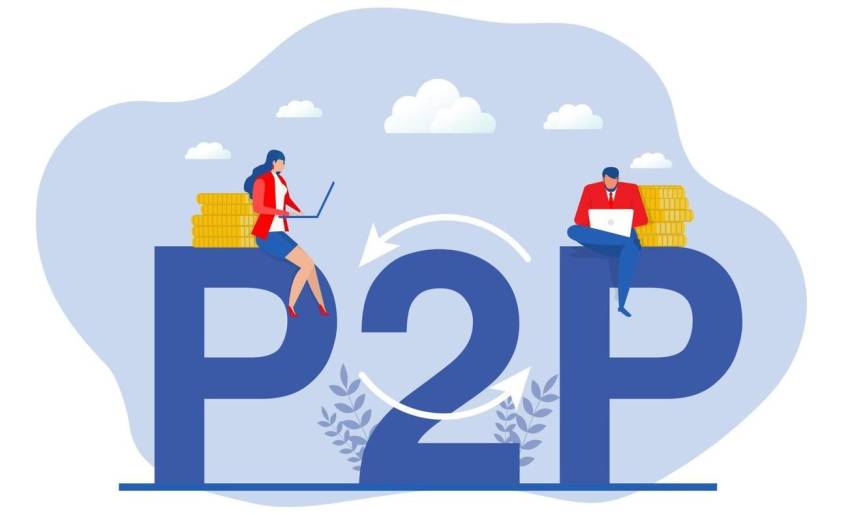
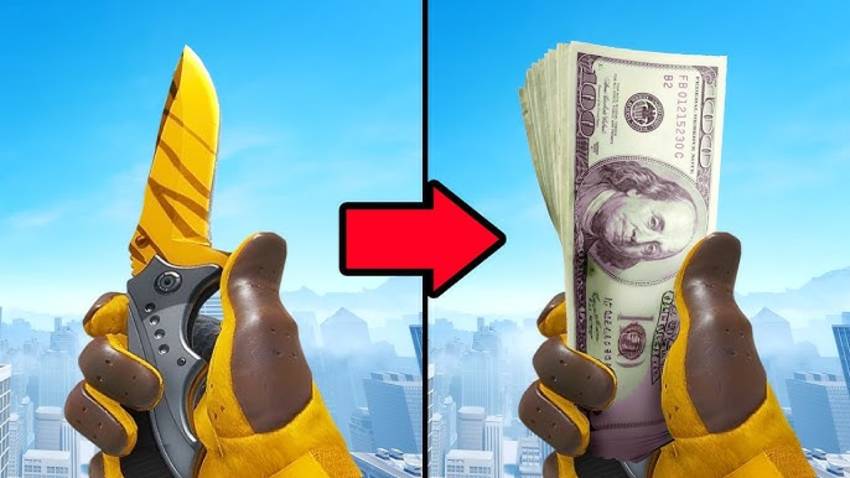
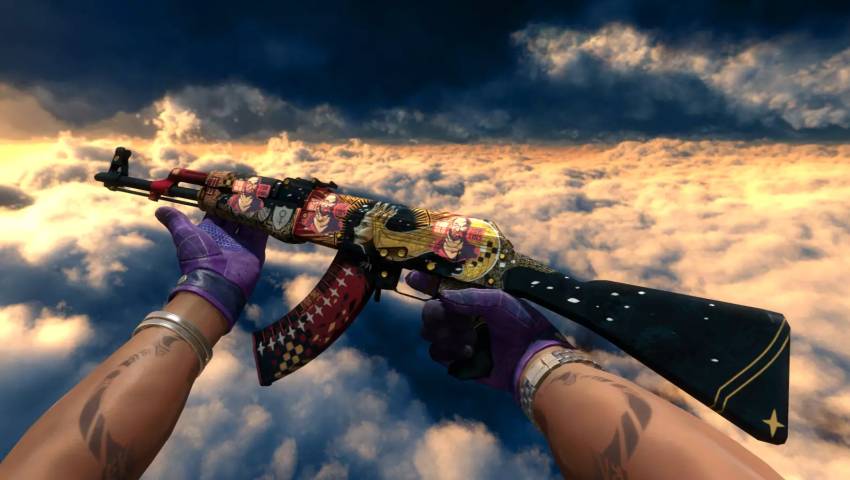
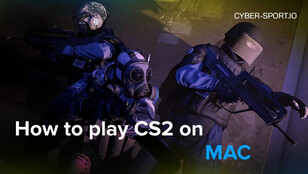
![CS2 Launch Options in [year] CS2 Launch Options in [year]](/imgs/news_7998/20241101/cache/1730459735_1854da5b79117d7bf9d4___308_174.jpg)
